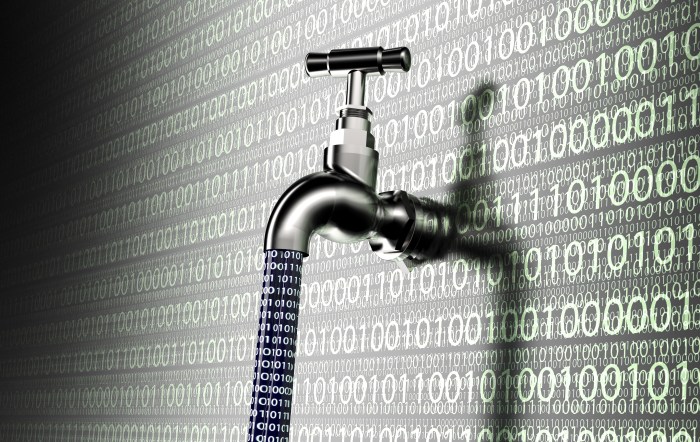What is data leakage in cyber security – What is data leakage in cybersecurity? Data leakage refers to the unauthorized transfer of sensitive information from an organization’s systems or networks to an external entity. This can occur through various means, including human error, malicious attacks, and system vulnerabilities, and can have severe consequences for organizations and individuals alike.
In this comprehensive guide, we will delve into the causes, types, and impact of data leakage, as well as explore best practices for prevention and mitigation. We will also discuss the role of tools and technologies in safeguarding against data leakage and provide answers to frequently asked questions.
Definition of Data Leakage

Data leakage, also known as data breach, is the unauthorized transfer of sensitive or confidential information outside an organization’s secure network. This can occur through various means, including hacking, malware attacks, human error, or physical theft of devices containing sensitive data.
Examples of Data Leakage Incidents, What is data leakage in cyber security
Some notable data leakage incidents include:
- The Equifax breach in 2017, where the personal information of 145 million Americans was compromised.
- The Yahoo hack in 2014, which affected over 500 million user accounts.
- The Target breach in 2013, where the credit card information of over 40 million customers was stolen.
Impact of Data Leakage on Organizations and Individuals
Data leakage can have significant consequences for organizations and individuals. Organizations may face:
- Financial losses due to fines, lawsuits, and reputational damage.
- Loss of customer trust and loyalty.
- Increased cybersecurity risks and costs.
Individuals may experience:
- Identity theft and financial fraud.
- Damage to reputation and privacy.
- Emotional distress and anxiety.
Causes of Data Leakage
Data leakage occurs when sensitive information is unintentionally or intentionally released outside of an organization’s secure environment. Understanding the causes of data leakage is crucial for implementing effective security measures.
Data leakage can stem from various factors, including:
Human Error
Human error is a significant contributor to data leakage. Unintentional mistakes, such as sending emails to the wrong recipients, leaving sensitive documents unsecured, or falling prey to phishing scams, can lead to data breaches.
Malicious Attacks
Malicious attacks are deliberate attempts to steal or compromise sensitive data. Cybercriminals employ various techniques, such as phishing, ransomware, and social engineering, to gain unauthorized access to systems and exfiltrate data.
System Vulnerabilities
System vulnerabilities are weaknesses in software or hardware that can be exploited by attackers to gain access to sensitive information. Unpatched software, outdated operating systems, and insecure network configurations create opportunities for data leakage.
Tools and Technologies for Data Leakage Prevention: What Is Data Leakage In Cyber Security

Data leakage prevention (DLP) solutions are software tools that monitor and control data access, usage, and transfer. They can be used to identify and block unauthorized attempts to access or transfer sensitive data. DLP solutions typically use a combination of techniques, such as data classification, data fingerprinting, and content inspection, to identify sensitive data.Intrusion detection systems (IDS) are security devices that monitor network traffic for suspicious activity.
They can be used to detect and alert on unauthorized attempts to access or transfer sensitive data. IDS typically use a combination of techniques, such as signature-based detection, anomaly-based detection, and behavioral analysis, to identify suspicious activity.Security information and event management (SIEM) systems are security management tools that collect and analyze security logs from a variety of sources, such as firewalls, intrusion detection systems, and antivirus software.
They can be used to detect and alert on unauthorized attempts to access or transfer sensitive data. SIEM systems typically use a combination of techniques, such as log correlation, event analysis, and threat intelligence, to identify suspicious activity.
Final Review

Data leakage remains a significant threat to organizations and individuals in the digital age. By understanding the causes, types, and impact of data leakage, and implementing robust prevention and mitigation measures, organizations can protect their sensitive information and safeguard their reputation.
Common Queries
What are the common causes of data leakage?
Common causes of data leakage include human error, malicious attacks, and system vulnerabilities.
What are the different types of data leakage?
Data leakage can be classified based on data type (e.g., financial, personal, intellectual property) and leakage method (e.g., email, cloud storage, physical devices).
What are the best practices for preventing data leakage?
Best practices for preventing data leakage include implementing data security policies, educating employees on data handling, and using data encryption and access controls.





Leave a Comment